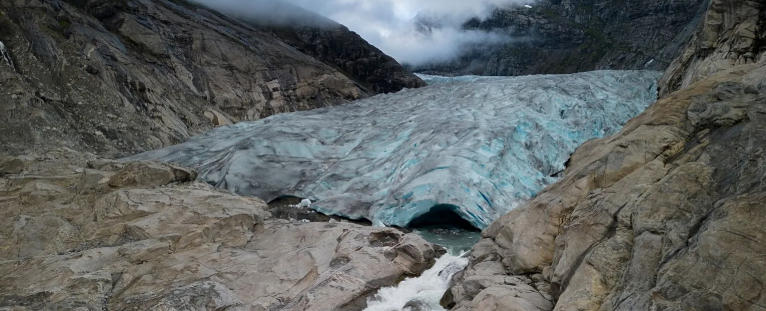The Influence of Glacial Activity on Norway’s Rivers
Norway’s stunning landscapes are shaped by the powerful forces of nature, with glaciers playing a crucial role in shaping the country’s rivers. Understanding how glacial activity influences river systems is not only fascinating but also essential for appreciating Norway’s unique geography and ecological balance.
The Formation of Rivers by Glacial Melt
Glaciers are immense rivers of ice that slowly carve through the landscape. As they move, they erode rocks and soil, creating deep valleys and fjords that we see today. When glaciers melt, they release large volumes of freshwater, drastically altering river flow and volume. This glacial meltwater feeds many of Norway’s rivers, providing essential nutrients that support local ecosystems. The timing of glacier melt is crucial, as it influences water temperature and flow, impacting everything from fish spawning to the stability of riverbanks.
Sediment Transport and River Health
As glaciers grind down rocks, they produce a mix of sediments that rivers carry downstream. This sediment transport is vital for building and maintaining river ecosystems. In Norway, the sediment carried by glacial rivers helps shape riverbeds and banks, promoting biodiversity by creating various habitats. Additionally, these sediments play a role in nutrient cycling, supporting aquatic plants and animals essential for a healthy river ecosystem. However, increased glacial melt due to climate change can lead to excessive sediment influx, potentially disrupting the balance and health of these rivers.
The Impact of Climate Change on River Systems
As global temperatures rise, glaciers around the world, including those in Norway, are receding at alarming rates. This change significantly affects river systems, primarily through increased flow during the melting season and decreased longevity of glacial reservoirs. While this may lead to short-term boosts in water availability, such as during summer months, the long-term effects could be detrimental. Reduced glacial mass may mean less meltwater in the future, impacting water supply for communities and ecosystems reliant on these rivers. Additionally, shifts in water temperature can alter fish migration patterns and breeding cycles, posing challenges for local wildlife and fisheries.
In conclusion, the relationship between glacial activity and Norway’s rivers is both intricate and vital. Understanding this connection helps us appreciate the dynamic natural systems that shape the country’s breathtaking landscapes. As climate change continues to challenge these systems, it becomes increasingly important for us to monitor and understand these changes. For more in-depth insights into Norway’s glacial activity and its impact on river systems, consider exploring resources from local environmental organizations or visiting Norway’s stunning natural sites.

